
Filter News
Area of Research
- (-) Clean Energy (112)
- Advanced Manufacturing (2)
- Biological Systems (2)
- Biology and Environment (56)
- Building Technologies (1)
- Climate and Environmental Systems (2)
- Computational Engineering (1)
- Computer Science (2)
- Electricity and Smart Grid (1)
- Energy Sciences (1)
- Fossil Energy (1)
- Fuel Cycle Science and Technology (1)
- Fusion and Fission (19)
- Fusion Energy (3)
- Isotope Development and Production (1)
- Isotopes (15)
- Materials (118)
- Materials Characterization (2)
- Materials Under Extremes (1)
- National Security (26)
- Neutron Science (47)
- Nuclear Science and Technology (9)
- Renewable Energy (2)
- Supercomputing (95)
- Transportation Systems (1)
News Topics
- 3-D Printing/Advanced Manufacturing (14)
- Bioenergy (2)
- Biology (1)
- Biomedical (1)
- Biotechnology (1)
- Buildings (12)
- Chemical Sciences (7)
- Clean Water (1)
- Climate Change (3)
- Composites (5)
- Coronavirus (1)
- Critical Materials (5)
- Cybersecurity (2)
- Decarbonization (14)
- Energy Storage (14)
- Environment (3)
- Fossil Energy (1)
- Grid (12)
- Hydropower (1)
- Machine Learning (1)
- Materials (8)
- Materials Science (2)
- Microelectronics (1)
- Microscopy (1)
- National Security (2)
- Net Zero (1)
- Neutron Science (2)
- Nuclear Energy (1)
- Partnerships (7)
- Polymers (1)
- Renewable Energy (1)
- Security (1)
- Simulation (2)
- Sustainable Energy (5)
- Transportation (12)
Media Contacts

Researchers at ORNL zoomed in on molecules designed to recover critical materials via liquid-liquid extraction — a method used by industry to separate chemically similar elements.

The Department of Energy’s Center for Bioenergy Innovation, led by Oak Ridge National Laboratory, recently added three new members to its board of directors: Deborah Crawford of the University of Tennessee, Knoxville; Susan Hubbard of ORNL; and Maureen McCann of the National Renewable Energy Laboratory.

ORNL researchers have identified a mechanism in a 3D-printed alloy – termed “load shuffling” — that could enable the design of better-performing lightweight materials for vehicles.
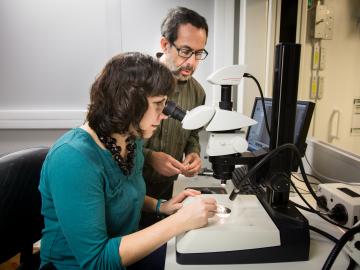
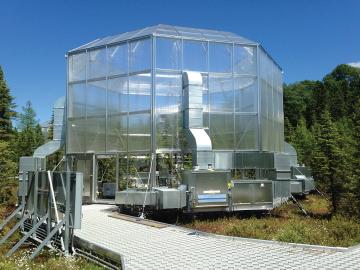
Deep stores of carbon in northern peatlands may remain stable despite rising temperatures, according to a team of researchers from several U.S.-based institutions. And that is good news for now, the researchers said. Florida State University ...
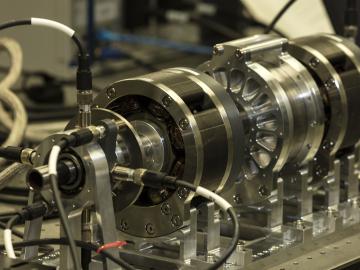
When it comes to a challenging application for embedded instrumentation and control, none quite beats an environment of molten salt at 700 degrees Celsius. But that is just the application chosen by scientists at the US Department of Energy’s Oak Ridge National Laboratory...
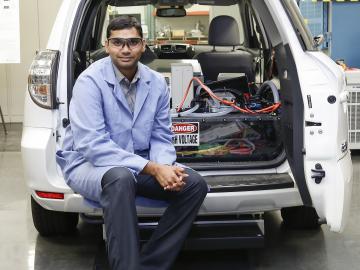
While trying to decide on an area of technical study as an undergraduate, Madhu Chinthavali visited labs at his college in India. One particular lab where an electrical engineer had devised various motor controls caught his eye. "It wasn't the motor that drew my attention," Ma...
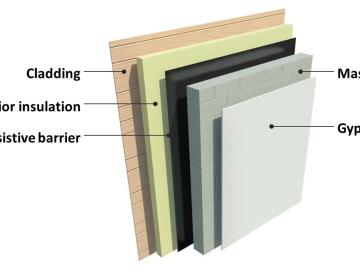
Oak Ridge National Laboratory will lead the 13th international conference on Thermal Performance of the Exterior Envelopes of Whole Buildings XIII on December 5-8 in Clearwater, Florida, an event that attracts building envelope experts from around the world to share state-of-the-art research and technology applications. One topic of interest will be a mold growth index model workshop, explaining the model’s development and application and providing examples of how MGI usage could vary depending on building materials.

Researchers at the Department of Energy’s Oak Ridge National Laboratory have demonstrated that permanent magnets produced by additive manufacturing can outperform bonded magnets made using traditional techniques while conserving critical materials. Scientists fabric...



